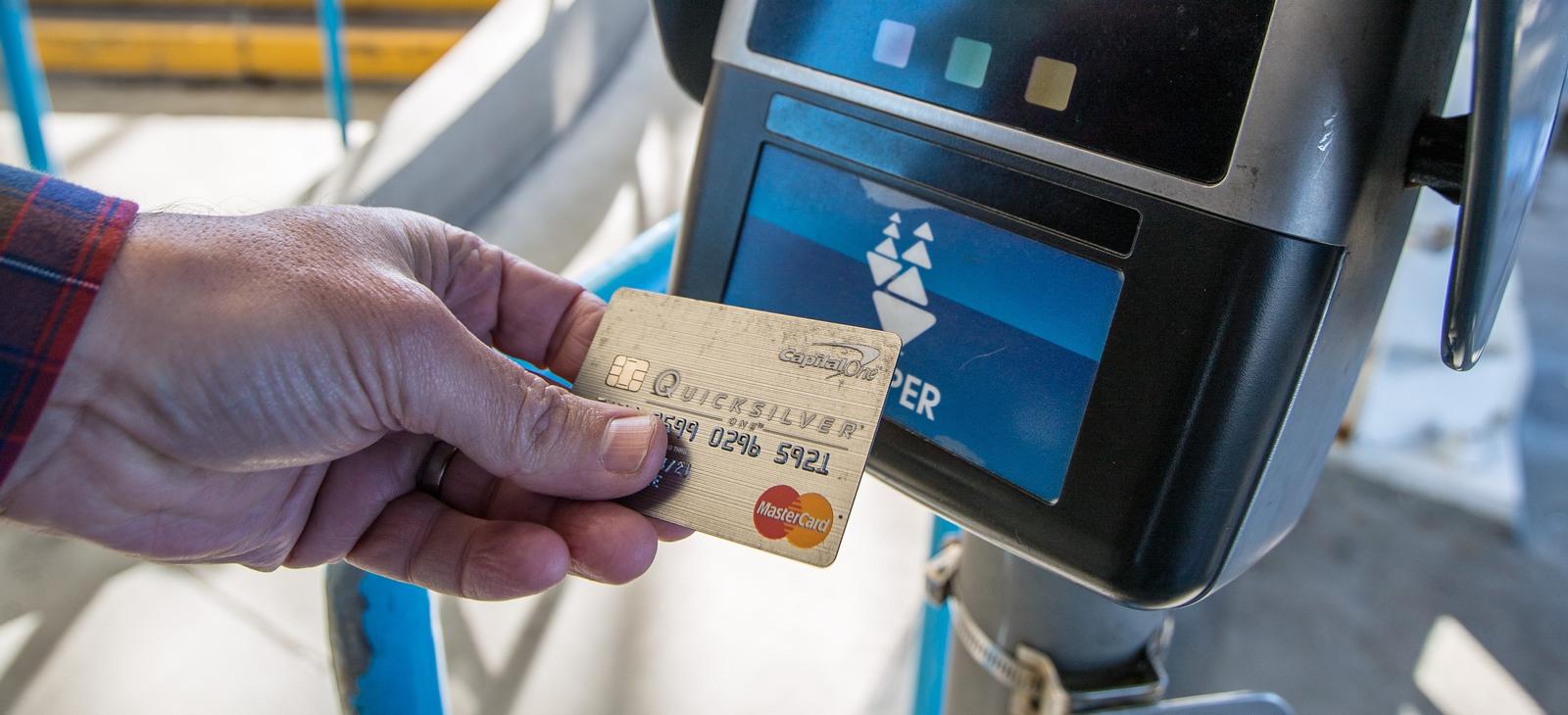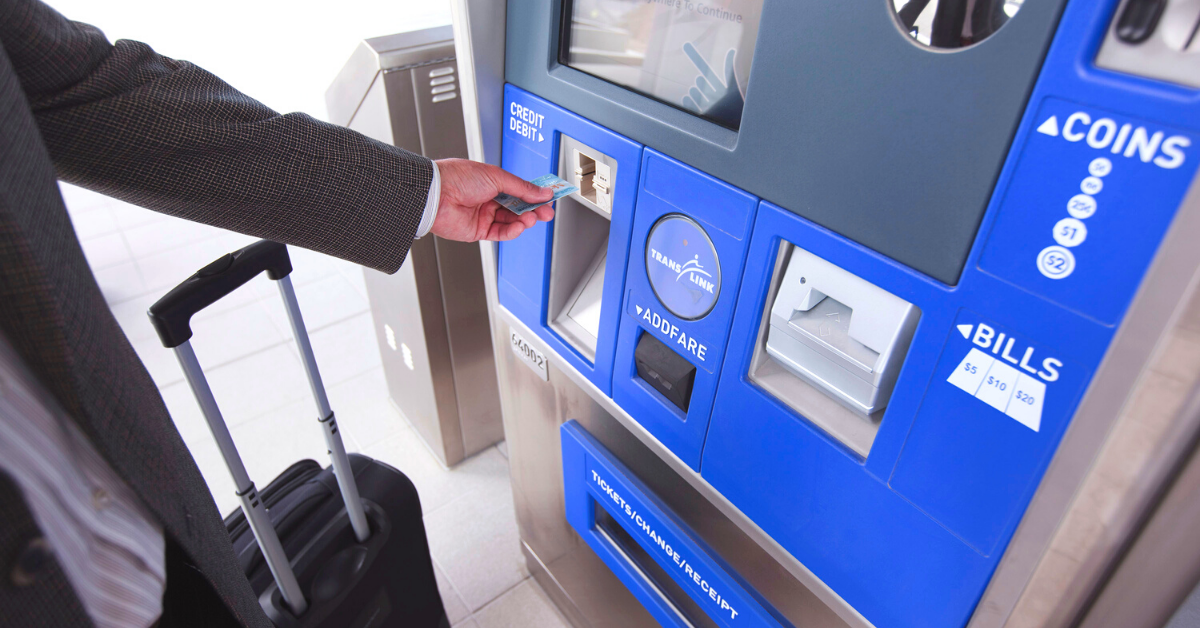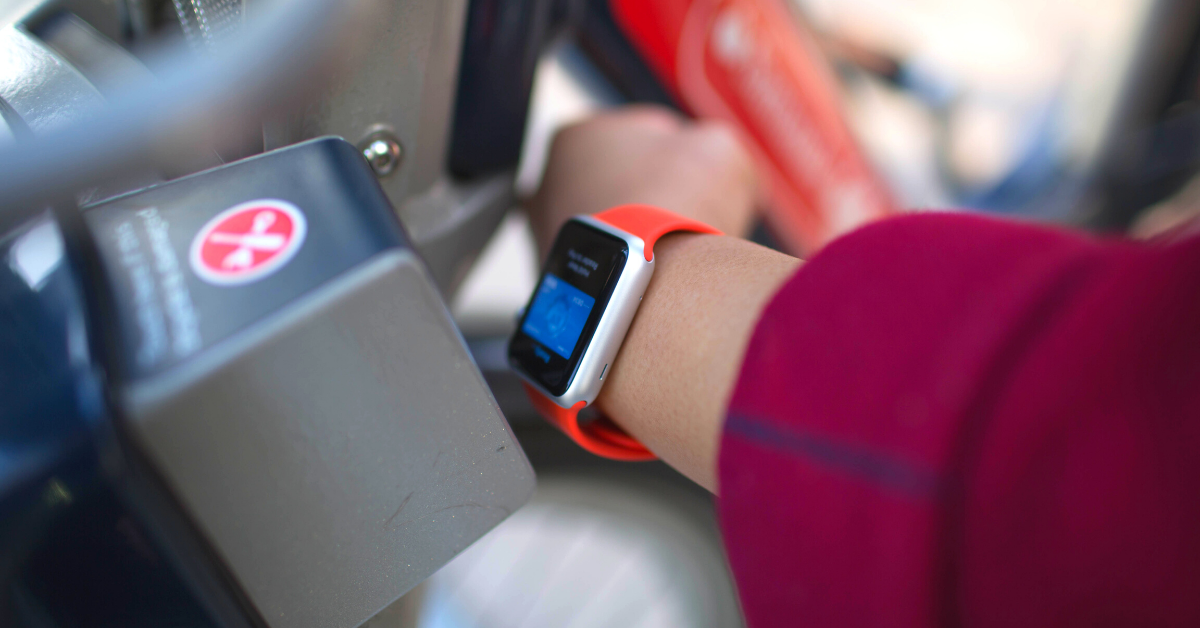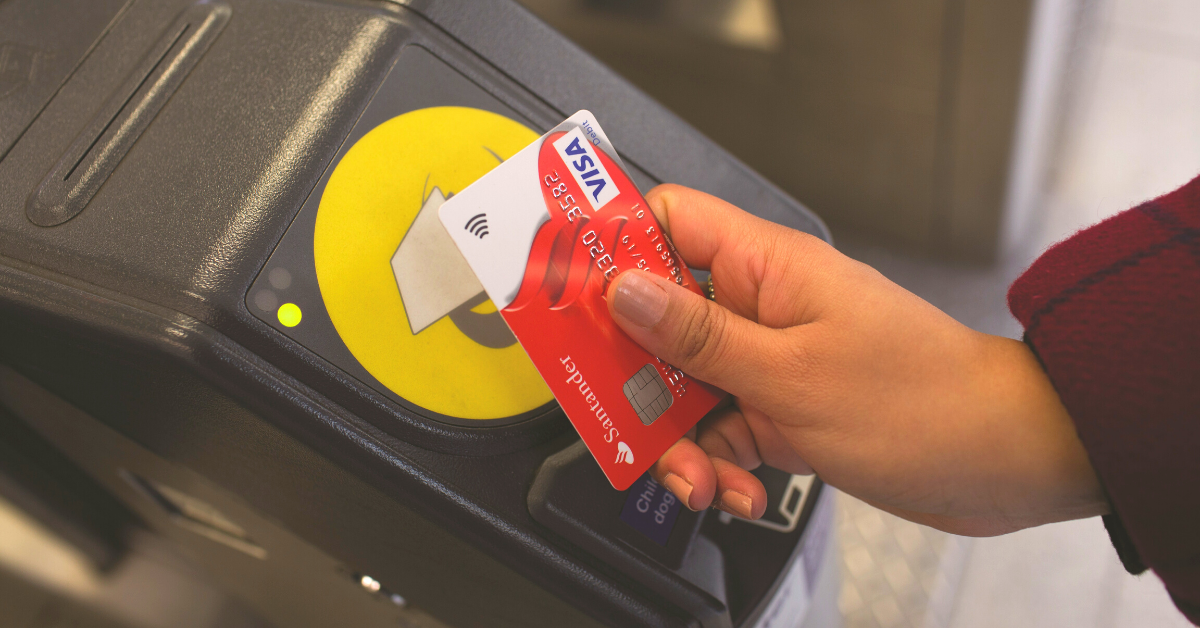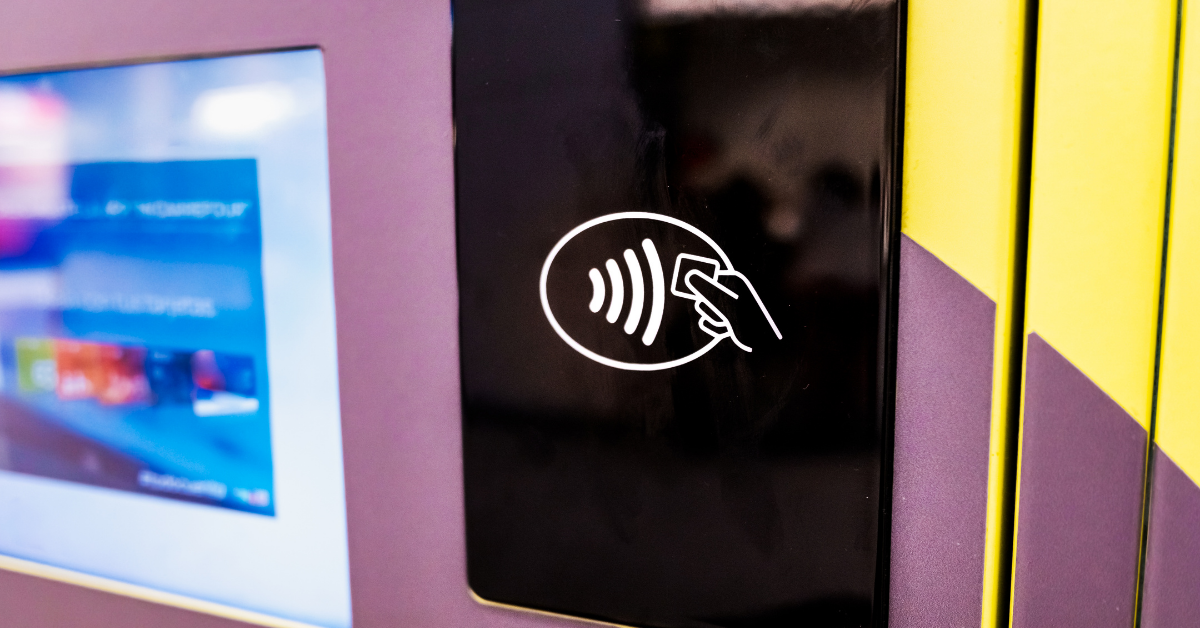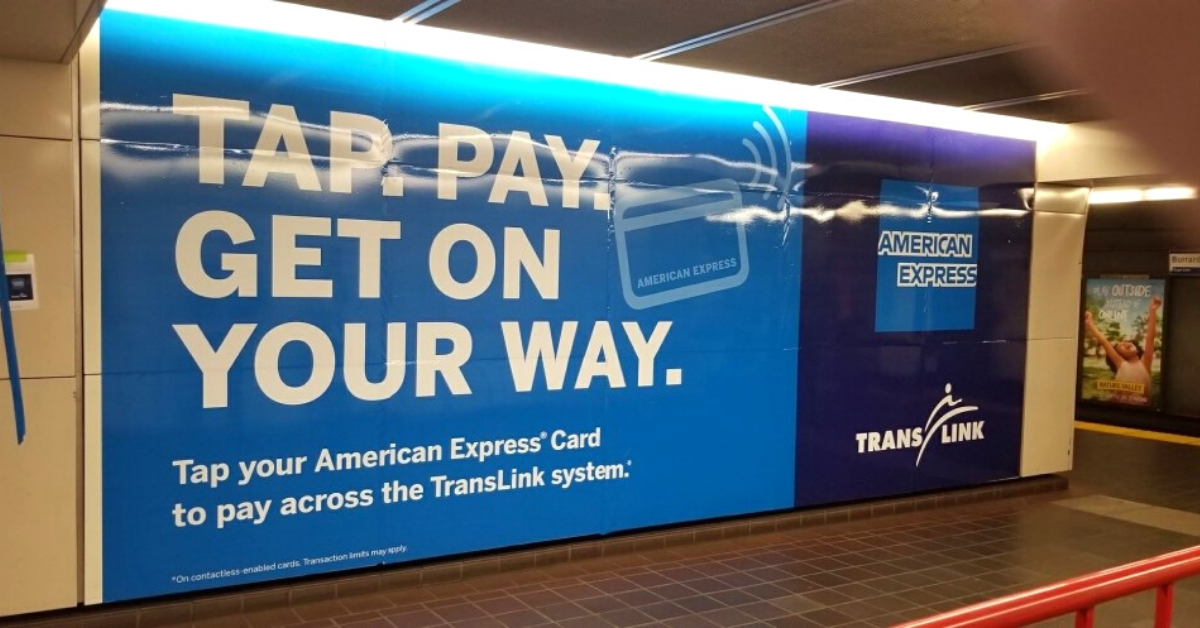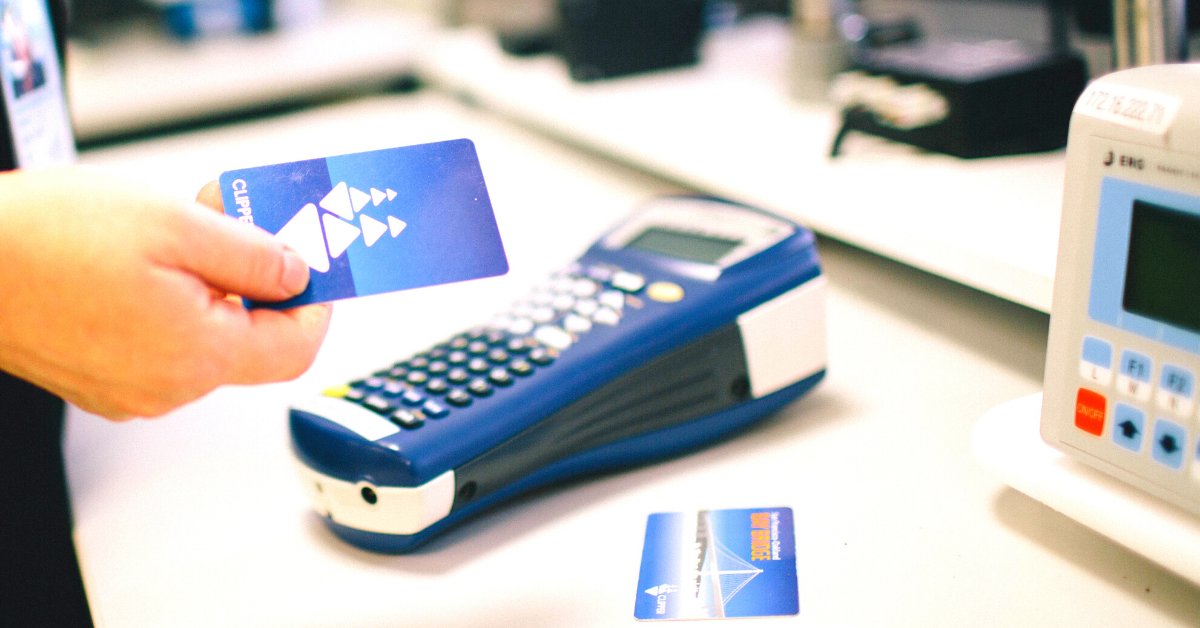From learning to ride a bike to training for an Ironman, we treat ourselves to new skills, trends, and challenges. Same goes for the consumer world. Consumers want what's trending...and today, that is contactless payments.
Every market is joining the contactless payments run – from convenience marts to buses and transit stations.
Consumers around the world are starting to expect contactless at the time of transaction.
Contactless payment is the choice of payment in 2020.
The What: The Trend
When travelling in Europe, I saw many retailers only accept contactless cards, and my American bank cards reliant on old technology were rendered useless at the time.
Thankfully, American banks and card issuers are embracing this trend and we should see most of our payment cards support contactless payments soon.
Today, transit agencies are adopting flexible systems that provide the rider with choices to use traditional contactless transit cards, contactless bank cards, mobile devices, and just this week we saw Cubic unveil transit cards in the Apple Wallet.
The contactless trend is migrating across continents and across wallet types at an amazing speed.
The Why: The Ease
There are several reasons why contactless payments have become successful. If you consider public transit as a platform, we see a few major contributors.
Business schools define a platform as a service that provides benefits to both the consumer and the supplier. In this case our consumer is a transit rider, and the supplier is the agency that owns the systems.
For the consumer, contactless provides a far more convenient, flexible, and secure alternative to other means of payment. Fumbling around with cash can be significantly reduced by with infrequent transaction to load a card and leveraging bank cards can eliminate cash entirely.
Additionally, modern account-based systems can allow consumers to manage all aspects of their transit on a web browser or mobile app.
This includes performing unique actions like balance transfers, resolving any transaction dispute, and scheduling purchases to meet their individualized needs.
This often means more value and cost savings for transit agencies in that costs related to cash management are minimized.
For the riders, they benefit in fewer trips to ticket vending machines and fewer cash transactions with agents have proven to lower the burden significantly resulting in increased profitability.
The How: The Evolution
Contactless Smart Cards
Contactless smart cards started it all with just data on a silicone microprocessor that transmitted wirelessly via a tiny antenna. These cards work functionally like a RFID chip, with modifiable storage onboard.
The first contactless cards made for use in public transit were in the Asian markets with Korea’s UPass in 1996 and Hong Kong’s Octopus card in 1997.
Following on these successes and leveraging improvements in RFID standards with the introduction of the more commonly used ISO/IEC 14443, a coalition that included TfL and Cubic delivered the Oyster card in 2003 to improve customer experience using London’s tube and bus systems.
Contactless Bank Cards
Contactless transit cards proliferated as more and more agencies began adopting their use over the decades since their introduction.
Now consumer habits, agency needs, and technologies have evolved, enabling agencies to adopt even more contactless choices and flexibility.
In most cases, transit cards are a proxy payment mechanism that provides access to public transit though some agencies, especially in the Asian markets, have expanded the use of cards to include purchasing food and other items as well.
At the same time, bank card technology has improved, as well the desire for expansion of their use in transit.
Most recently, the adoption of cEMV has allowed the introduction of bank cards as a replacement for transit cards, but first we should look at where cEMV comes from.
cEMV
Europay, Mastercard, and Visa (EMV) developed the ISO/IEC 7816 standards to ensure the security of card and customer data, incorporating a physical microprocessor on the card that interfaces directly with a POS.
Most often, this involves shoving the card into a reader at a Point of Sale (POS) device and leaving it there for a few seconds. EMV was a significant improvement from the antiquated “swipe” cards of the past.
Imagine cEMV as the same EMV, only using a far more convenient contactless chip to perform the security checks and data transmission as EMV while leveraging the same wireless ISO/IEC 14443 standards as the transit cards described earlier.
Neither of these have modifiable data records on the cards as has traditionally been the case for public transit cards, so to maintain the highest security they must interact with a back office system to perform transactions.
You can recognize a contactless bank card because it will contain the expanding arch symbol somewhere on the card.
Virtual Cards
Mobile apps have become a standard self-service channel for many transit systems around the world.
This can be attributed to many reasons, but broadly they provide more information and in one of the most convenient form factors available for people on the go. Contactless technologies can accompany or improve existing mobile apps or can exist without an app at all.
Card virtualization, or replacement of a plastic card with a digital one on your device, has proven to be a game-changer.
Virtualization of cards on mobile devices provide some notable security enhancements.
A common misconception is that NFC is insecure and at risk to anyone that bumps the NFC enabled device with some nefarious card-stealing code on it.
The only information that can be pulled from your device is an encrypted token with a key that contains nothing useful for a hacker.
Complex encryption techniques set the stage for a highly secure payment increasing the rider’s confidence.
Some features you may see in systems that support contactless, virtual cards are;
- Conversion from existing plastic cards to vCards
- Provision of a brand new vCards
- Add products in app or wallet (e.g. monthly pass)
- Add value in app or wallet (e.g. top off your transit balance)
- Push notifications that inform travelers about their transactions
To obtain a common experience across Apple and Android devices, many agencies have elected to employ a native wallet strategy.
Transit Cards in the Mobile Wallet
A typical plastic card can be virtualized for use in a native wallet like Android and Apple Pay.
Traditionally you can enter your card data manually, or by taking a photo of the card. Some new systems allow a user to create a virtual card from scratch.
Either way, the device will generate a pair of keys and send one to the bank, entity that issued the card (Issuer) along with enough data that the bank knows which account the key belongs to.
The issuer gives a final OK to the mobile device which enables the wallet to present it as a contactless card, accepted wherever the original card is accepted.
Once virtualized, your personal card information is never presented again, not even when you use it to tap a reader or make a payment at a store.
Express Mode
Apple has introduced a feature to address the most common complaints when using a mobile device for public transit – Express Transit Mode.
This feature, when enabled, allows a user to tap an iPhone or Apple Watch at a compliant reader exactly how they would with a plastic card without having to unlock the device or select the payment card to be used.
Today, a handful of cities already support contactless payment.
And Cubic is working to ensure this list keeps growing.
Kevin is a Solutions Manager at Cubic with a product focus on mobile payment. He has been involved in Cubic’s virtual transit card strategy from both technical design and service delivery perspectives for three years.
He has a deep understanding of software product management, SDLC, and cloud architecture as well as, related IT service management strategies.
He has an MBA from Duke University and an extensive background in application engineering across a range of global industries including clinical trials, pharmaceuticals, architecture, manufacturing and distribution, finance, and government. In his spare time, you might catch him riding waves or running the trails of San Diego.
